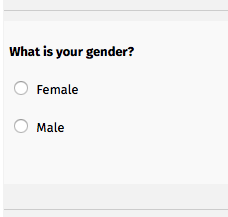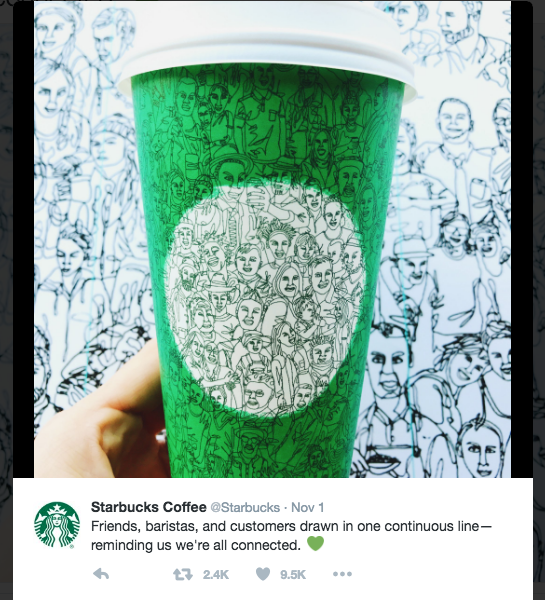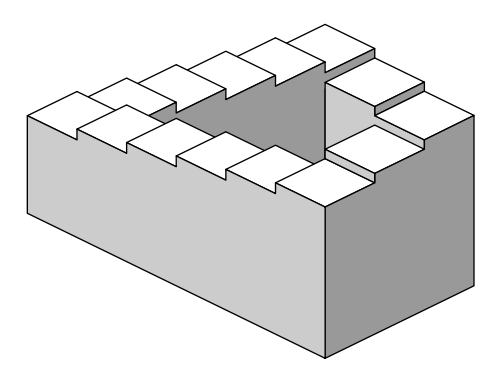
My department has a new website, with updated faculty photos. If you have known me for awhile, you might notice that my hair is a bit longer, now past my shoulders. By comparing photos of me as a faculty member, or even as a teenager, anyone can demonstrate that my hair is longer now than it has ever been in my life. That is a demonstrable fact about the past.
Of course, the length of my hair is not particularly interesting. As with most narratives (which is what histories present), the more intriguing issue is the explanation why. Why, at this point in my life, have I allowed my hair to grow? A friend who had not seen me for over a year commented on my hair last week, giving me the opportunity to create a narrative about my hair. My explanation was that I have not gotten my hair cut since becoming a full professor this past August. But, my own explanation is not necessarily complete. In fact, any of us tell stories, like our identifications, strategically. Perhaps (to create a narrative about my narrative), my response was a way to emphasize my recent promotion. The length of the hair was just the opportune time to insert that personal tidbit into the conversation, or perhaps that explanation was said in jest. Continue reading “Long-Haired History”





 Recognizing identifications as narrative constructs or fixed identities organizes the world in particular ways that inform the debate over the
Recognizing identifications as narrative constructs or fixed identities organizes the world in particular ways that inform the debate over the 
 Today is Election Day in the United States. (If you have not voted yet, please take the time to do so if you are eligible, and then take the time to read this.) In the midst of this divisive election, when many of us have expressed strong disagreement with others over social media, if not in person, how do we restitch the social fabric in order to work together towards common goals despite all of the ways that we disagree with each other?
Today is Election Day in the United States. (If you have not voted yet, please take the time to do so if you are eligible, and then take the time to read this.) In the midst of this divisive election, when many of us have expressed strong disagreement with others over social media, if not in person, how do we restitch the social fabric in order to work together towards common goals despite all of the ways that we disagree with each other? A New Jersey fundraiser last weekend titled “Humanity United Against Terror” provides an excellent example of one of the tricks of building cooperation. The Republican Hindu Coalition organized the event that featured Bollywood stars and an address by Donald Trump. The event had a range of
A New Jersey fundraiser last weekend titled “Humanity United Against Terror” provides an excellent example of one of the tricks of building cooperation. The Republican Hindu Coalition organized the event that featured Bollywood stars and an address by Donald Trump. The event had a range of 